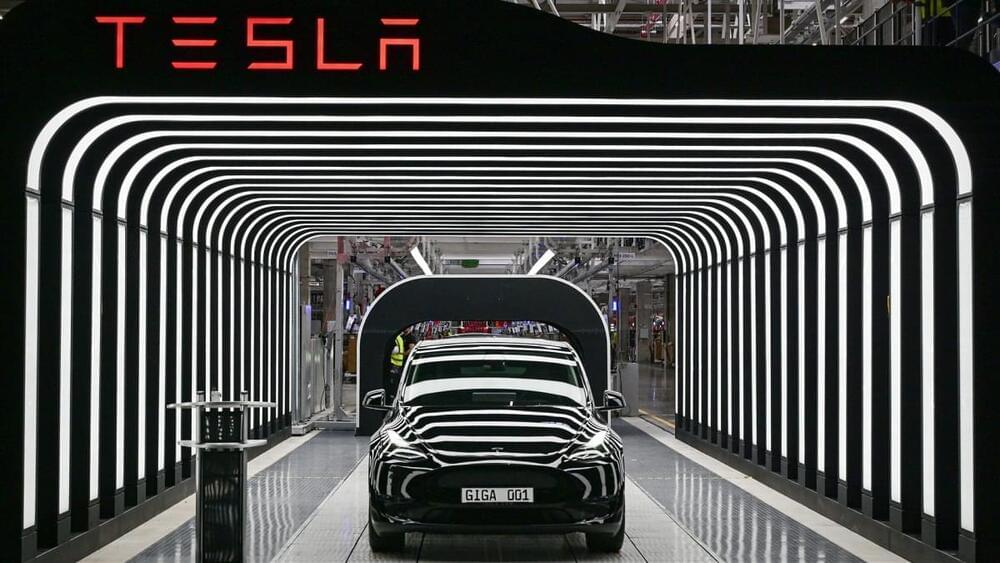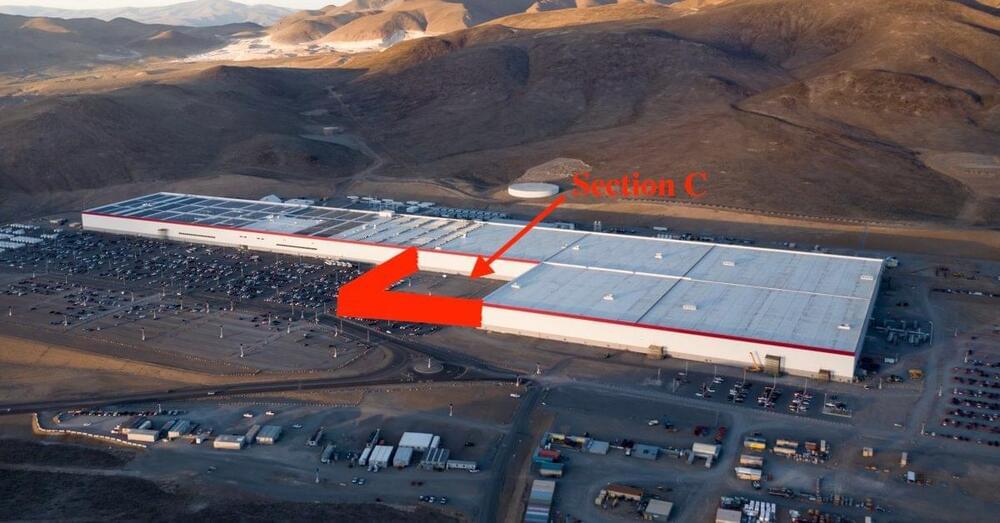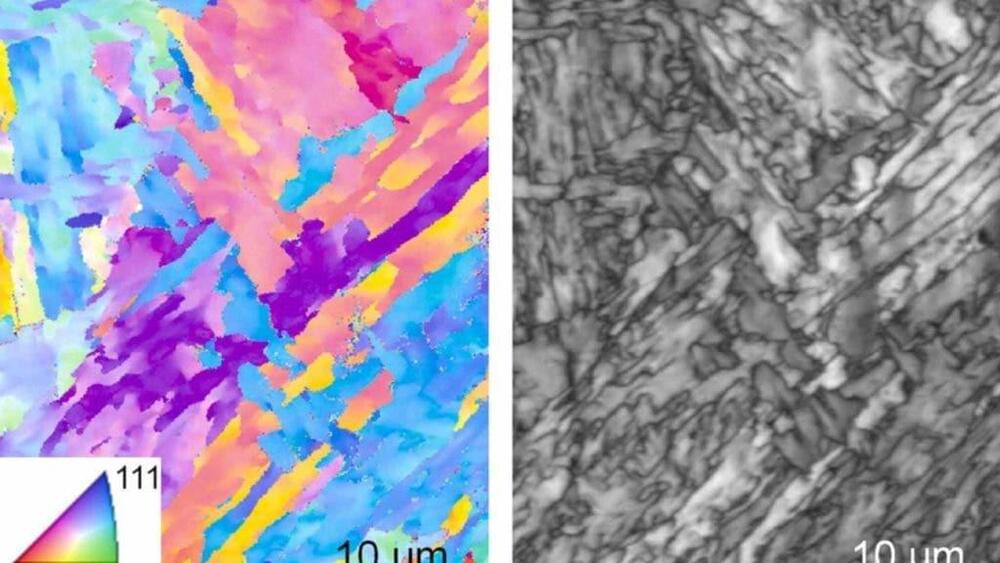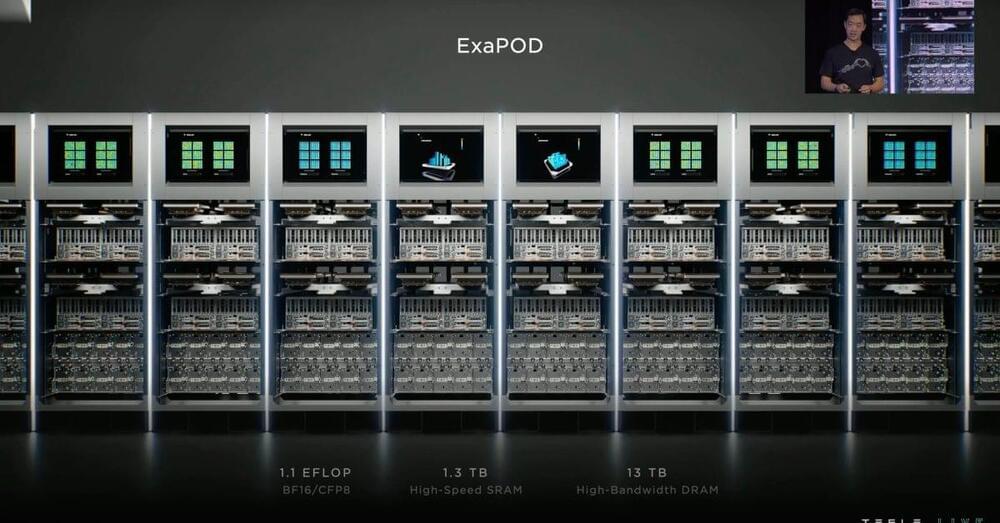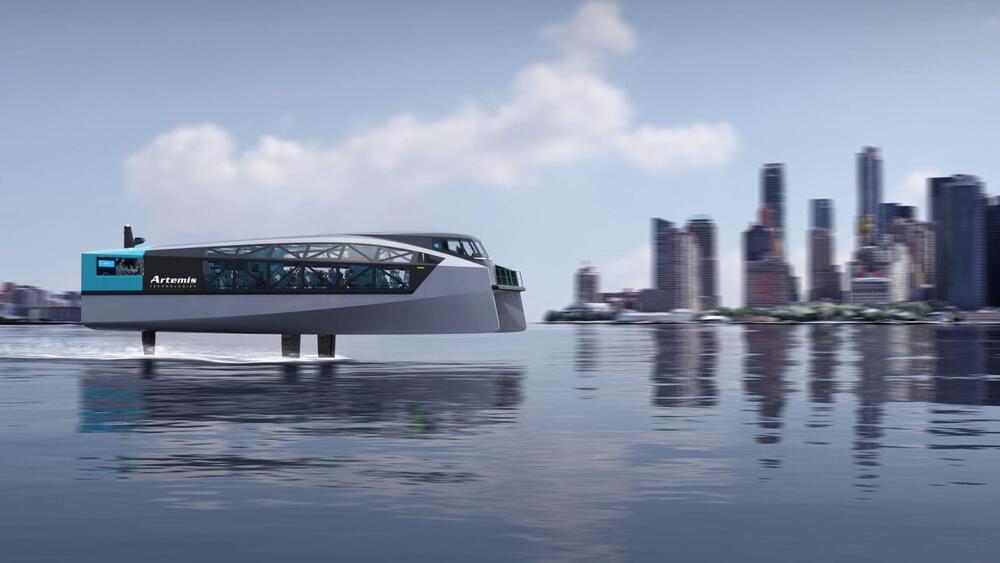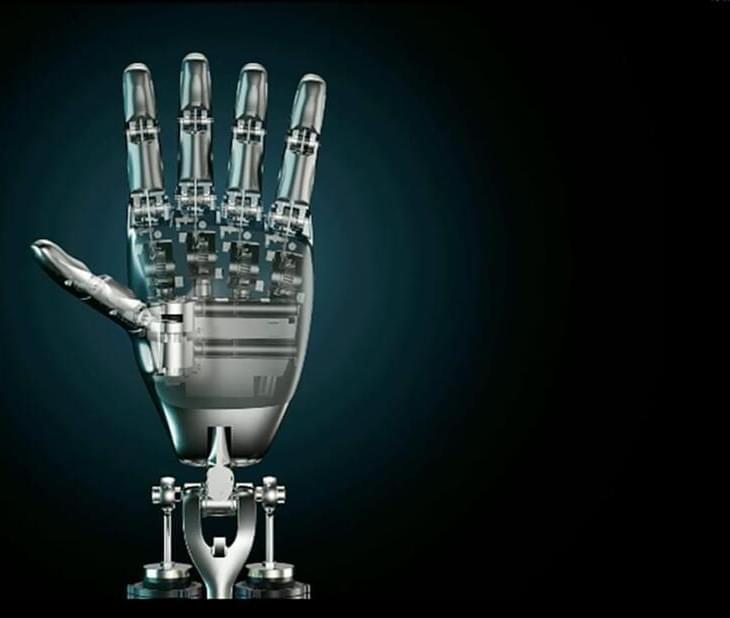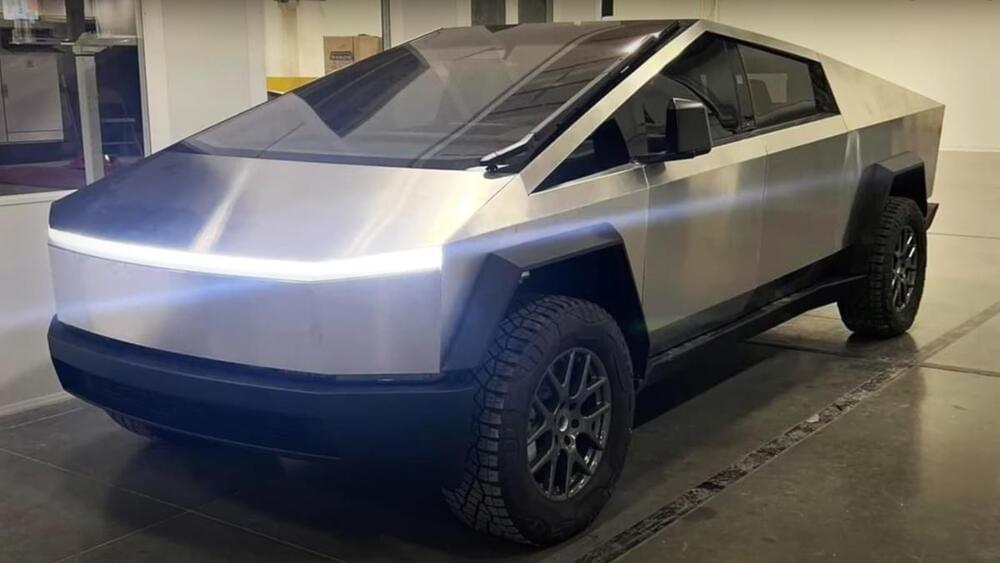Will Filippo Ganna be able to break the record with this bike?
Globally known Italian bicycle manufacturer Pinarello has unveiled a new 3D printed bicycle, “Bolide F HR 3D.” Produced as the fastest one in its field, Italian track and road cyclist Filippo Ganna is preparing to use the bike for his upcoming attempt at the UCI Hour Record.
Pinarello says this enabled it “to introduce new shapes and features that are impossible to replicate” using existing carbon fiber construction techniques.
The Bolide F HR 3D was created expressly for Ganna’s attempt at the UCI Hour Record, which tests cyclists’ endurance by measuring how far they can go on a velodrome track in one hour, as New Scientist reported.
Pinarello.
